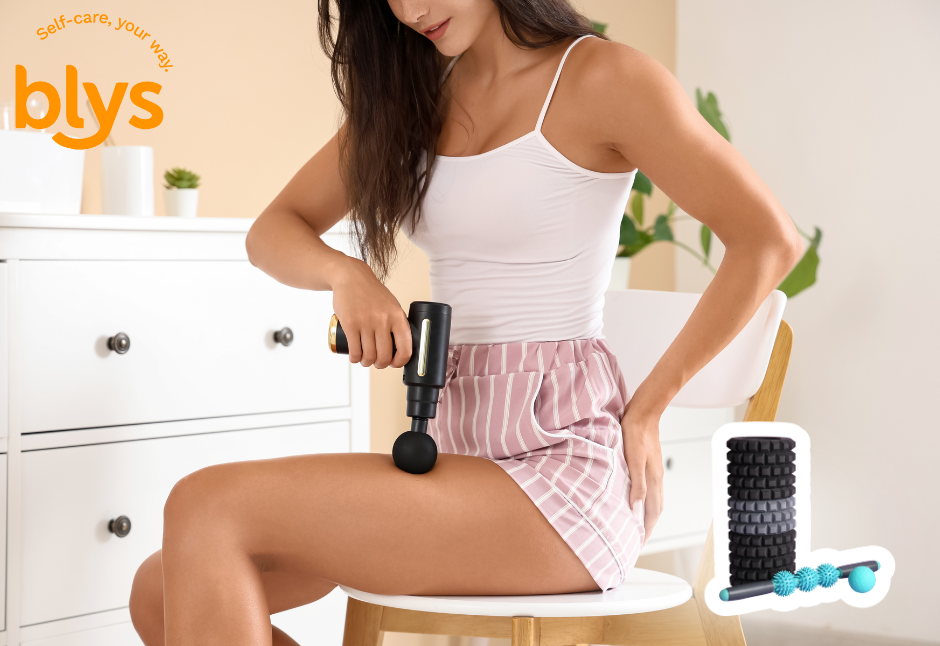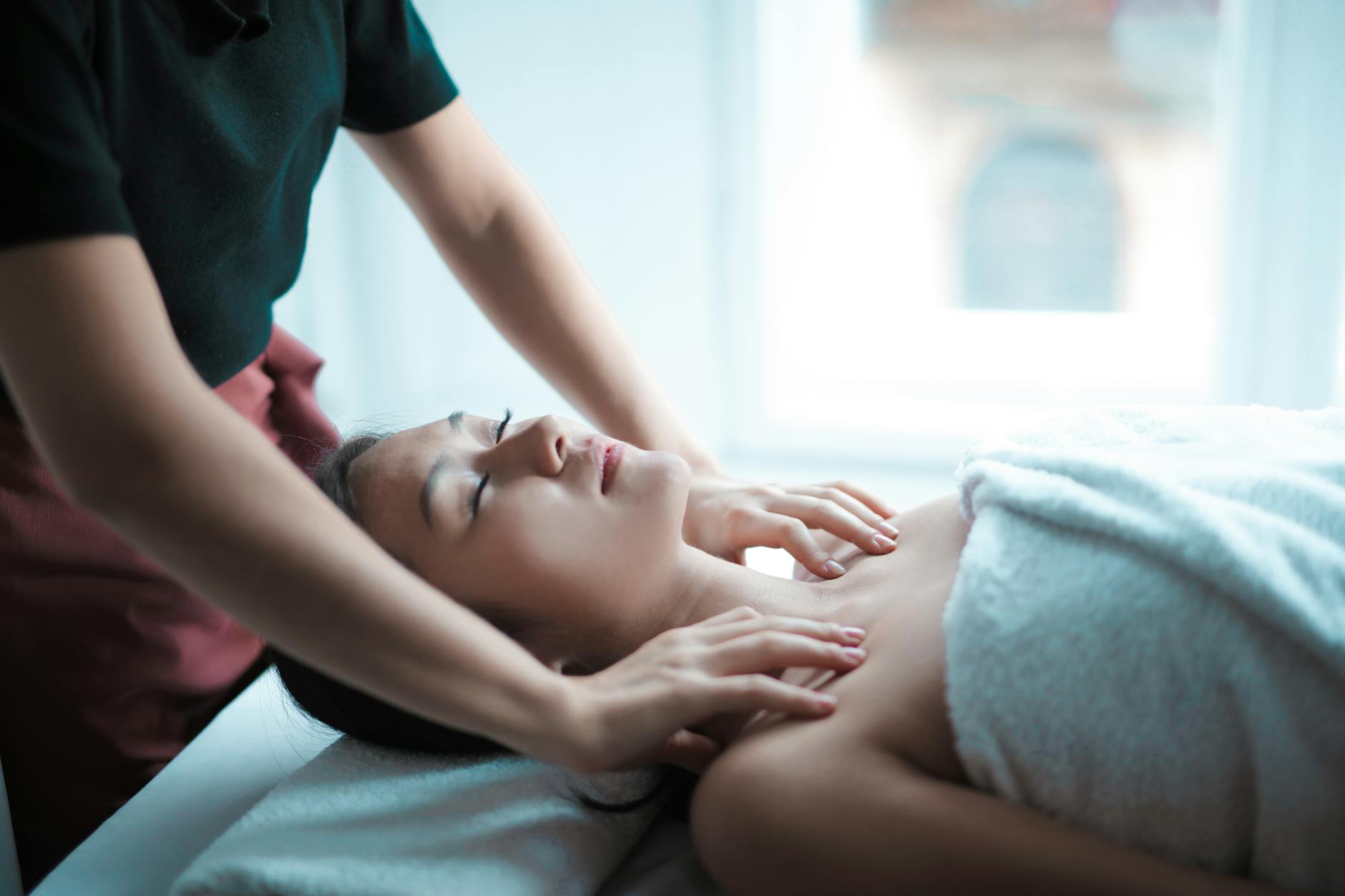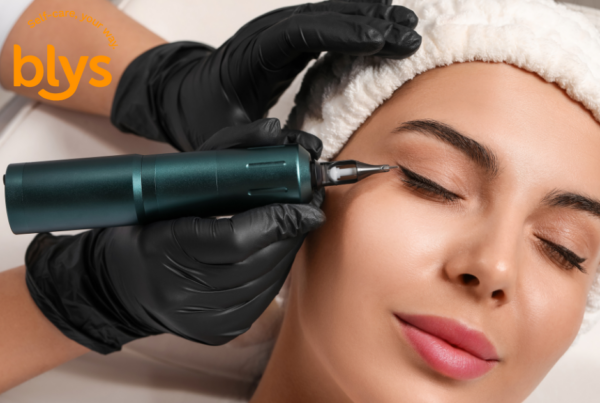
More Brits are turning to self-massage tools as part of their daily routine. Long hours at a desk, intense gym sessions, and the growing focus on wellness have made foam rollers, massage guns, and trigger point balls popular choices for quick relief at home. These tools help ease sore muscles, improve mobility, and provide a simple way to manage tension without booking a clinic visit.
For office workers, a few minutes with a foam roller can loosen stiff shoulders. Gym enthusiasts often reach for massage guns to speed up recovery, while busy parents use compact tools to ease everyday aches.
Still, there are limits to what these devices can do. Professional therapists can adapt pressure, target problem areas safely, and deliver deeper stress relief than any tool can provide. That’s why many Brits pair at-home tools with in-home treatments from Blys for the best results.
What Are Self-Massage Tools, and Why Use Them?
Self-massage tools are simple devices designed to ease muscle tension and support recovery without needing another person. The most common include:
- Foam rollers: Cylindrical tools used to release tight areas like the back, quads, or calves.
- Massage guns: Handheld devices that deliver rapid pulses of pressure to muscles.
- Trigger point balls or peanut rollers: Small, firm tools that target knots in areas such as the shoulders, hips, or feet.
These tools have become popular because they’re affordable, portable, and easy to use at home. Research shows they can improve circulation, reduce post-exercise soreness, and support flexibility when used correctly.
That said, they’re not a perfect solution. Misuse such as applying too much pressure or focusing on the wrong area, can lead to discomfort. And unlike a professional therapist, tools cannot adapt pressure or tailor techniques to your unique needs.
For most people, they work best as a supplement to expert hands-on care rather than a substitute.
The Best Self-Massage Tools Reviewed
With so many self-massage tools on the market, it can be tricky to know which ones are worth using. Some promise quick fixes, while others are better suited for long-term recovery. Below are some of the most popular options, how they work, and where they fall short.
1. Foam Rollers
Foam rollers are a staple in gyms and home fitness kits. They come in various densities and textures soft rollers are gentler and ideal for beginners, while firmer or ridged designs provide a deeper release. Rolling over the quads, calves, or upper back can ease stiffness after exercise or long periods of sitting.
Research shows foam rolling can ease soreness and improve range of motion when used consistently. They’re particularly useful for athletes and desk workers, though they can feel awkward to manoeuvre at first. For more precise results, you can pair regular rolling with a Blys remedial massage.
2. Massage Guns
Massage guns deliver rapid percussive pulses to muscles, boosting circulation and releasing tension. Studies suggest they provide short-term pain relief, which explains their popularity among gym-goers and active individuals.
Their portability makes them convenient, but quality models like Theragun or Hypervolt can be costly. Misuse especially around joints or sensitive areas, also carries some risk, so beginners should start gently.
3. Trigger Point Balls and Peanut Rollers
These compact tools are designed for targeted pressure. A firm ball under the shoulder blade, hip, or foot can release stubborn knots that larger devices struggle to reach. They’re budget-friendly and easy to use in small spaces, making them great for home or office relief.
However, their simplicity also means limited depth compared to hands-on treatment.
4. Massage Sticks and Canes
Massage sticks and canes are lightweight tools you can use while seated or standing. They let you press into sore spots without needing to lie on the floor, which makes them handy for travel or quick use during the day.
While simple and practical, they provide less pressure than rollers or guns, and their effectiveness is limited compared to professional care.
For anyone considering tools as a full replacement for hands-on care, it’s worth checking out our guide on common massage myths debunked to understand what massage really offers beyond devices.
How to Use These Tools Safely and Effectively
Self-massage tools can be powerful aids, but they only work well if used properly. Simple adjustments in technique help you get relief without risking discomfort.
- Foam rollers: Roll slowly on calves, quads, and upper back; avoid joints and spine.
- Massage guns: Begin on low speed, use light pressure, and keep moving.
- Mistakes: Skip overuse, heavy pressure, and pushing through sharp pain.
- Safety: Limit to a few minutes per area and get advice for injuries.
These basic guidelines make it easier to enjoy the benefits of self-massage while avoiding setbacks. Used with care, tools can ease tension, improve mobility, and support recovery after long workdays or training sessions.
For lasting results, they’re best combined with professional support. A trained therapist can target problem areas more precisely, offering deeper relief than tools alone.
Self-Massage Tools vs Professional Massage
Choosing the right approach to recovery can feel overwhelming with so many options available. Self-massage tools are useful for quick fixes, but their results are often limited compared to the hands-on expertise of a trained therapist.
Understanding the strengths and weaknesses of each option helps you decide when a tool is enough and when it’s worth booking professional care.
|
Option |
Pros | Cons | Best For |
| Foam Rollers | Affordable, improve flexibility, reduce soreness | Awkward to use, limited depth |
Athletes, desk workers |
|
Massage Guns |
Quick relief, portable, boost circulation | Costly, misuse risks | Gym-goers, active lifestyles |
| Trigger Point Balls | Compact, budget-friendly, target knots | Limited effectiveness |
Shoulder, hip, foot tension |
|
Massage Sticks/Canes |
Travel-friendly, easy to handle | Shallow pressure, less effective | Quick relief on the go |
| Professional Massage (Blys) | Tailored techniques, deeper release, stress relief | Requires booking, higher cost |
Chronic pain, rehab, stress management |
Tools can play a valuable role in day-to-day wellness, especially for easing soreness or maintaining mobility. Still, the precision and adaptability of a professional massage remain unmatched.
With Blys, you can enjoy expert treatment at home, blending the convenience of tools with the benefits of skilled human touch.
Who Benefits Most from Self-Massage Tools?
Not every tool is right for everyone, but many people can gain real benefits from using them in daily life. Whether it’s recovery after exercise or easing the strain of sitting too long, self-massage tools provide accessible support for different needs.
- Athletes and gym-goers: Useful for easing soreness, speeding recovery, and preparing muscles for the next session.
- Desk workers: Help release stiffness in the back, neck, and shoulders caused by long hours at a desk.
- Seniors: Gentle options support circulation and joint mobility without adding strain.
- Busy parents: Compact tools make it easier to get quick relief at home without needing extra time.
Still, it’s important to know when tools aren’t enough. Chronic pain, injury rehab, or stress-related issues often require more than self-treatment. Professional massage offers tailored care and deeper results.
With Blys, expert therapists come to your home, making it simple to combine self-care with professional support.
If long hours at a desk are your main source of tension, you may also find our article on remedial massage for office workers helpful, with tips on managing posture-related aches.
Filling the Gaps: What SERPs Miss
Search online for “self-massage tools” and you’ll find plenty of guides recommending foam rollers, massage guns, and trigger point balls. What most of these lists overlook is how these devices actually compare to professional massage therapy. The focus is usually on features and prices, not on long-term results.
The reality is that self-massage tools are best seen as maintenance. They can ease muscle soreness after a workout, release knots during a busy work week, and provide short-term comfort. But when it comes to addressing chronic pain, improving posture, or managing stress, tools alone are rarely enough.
Hands-on therapy delivers precision, adaptability, and the therapeutic touch that no device can replicate. A trained massage therapist can identify problem areas, adjust techniques in real time, and provide relief tailored to your body’s needs.
Book your in-home massage with Blys today and experience the difference that expert care makes beyond what tools can achieve.
Wrapping Up
Self-massage tools have earned their place in everyday wellness routines. Affordable, portable, and easy to use, they provide quick relief from sore muscles, support recovery, and make it simpler to manage tension at home. Whether it’s a foam roller after the gym, a massage gun for tight calves, or a trigger point ball during a busy workday, these tools are practical aids for short-term comfort.
Still, they’re not a complete solution. Tools can’t match the precision, adaptability, and healing touch of a trained professional. For lasting relief and deeper results, especially for chronic pain, posture issues, or stress management, professional care remains essential.
Ready to feel the difference? Explore Blys massage services today and enjoy expert treatment delivered to your home, on your schedule. Combining at-home tools with professional care is the best way to keep your body moving well and feeling its best.





